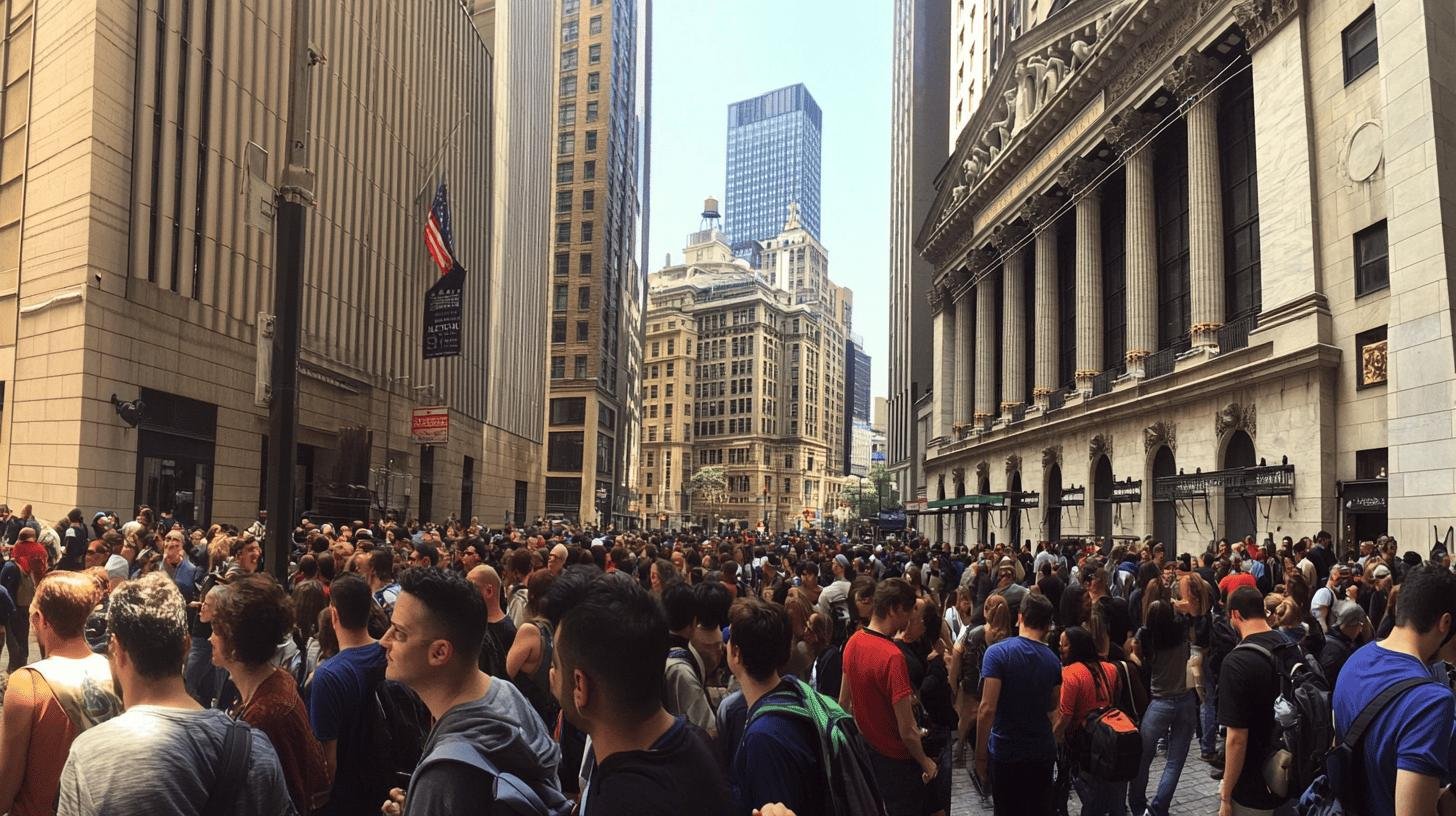TL;DR:
- Laissez-Faire Economics: Originated in the 18th century, championed by Adam Smith; advocates minimal government intervention, believing that free markets self-regulate and promote individual economic freedom.
- Neoliberalism: Emerged in the late 20th century as a response to economic challenges; combines free-market principles with strategic government oversight to enhance market efficiency and address issues like monopolies.
- Key Figures: Adam Smith (laissez-faire) promoted minimal state involvement in markets; Milton Friedman (neoliberalism) supported market-driven policies with essential regulation to manage economic stability.
- Real-World Applications: Neoliberal policies gained prominence under leaders like Reagan and Thatcher in the 1980s, emphasizing deregulation and reduced government spending, with examples seen in tech sectors and low-regulation markets like Hong Kong.
- Critiques: Neoliberalism is critiqued for potentially increasing income inequality and favoring certain interests, while laissez-faire economics is challenged for neglecting social welfare and market failures.
- Contemporary Relevance: Both models continue to influence economic discussions; future adaptations will be necessary to balance market efficiency with effective regulation in an evolving global landscape.
Are laissez-faire economics and neoliberalism just two sides of the same coin—or are they fundamentally different approaches to economic management? While both advocate free-market principles, they diverge significantly in their historical origins and core ideologies.
Laissez-faire economics emerged in the 18th century, famously championed by Adam Smith, promoting minimal government intervention. In contrast, neoliberalism took shape in the late 20th century, emphasizing free-market revival alongside strategic regulation.
This article will explore their historical backgrounds and philosophical foundations, providing clarity on these influential economic theories.
Historical Context of Laissez-Faire Economics and Neoliberalism
Laissez-faire economics dates back to the 18th century, with Adam Smith as a key proponent. He advocated for minimal government interference, believing that free markets naturally self-regulate. This classical liberalism laid the groundwork for economic theories favoring limited state involvement.
Neoliberalism emerged in the late 20th century as a response to economic challenges such as inflation and unemployment. Unlike laissez-faire, it combines free-market principles with selective government intervention to ensure market efficiency. This shift moved away from Keynesian economics, balancing market freedom with regulation to prevent monopolies and foster competition.
Several factors influenced this shift:
- Economic Stagnation: Economic challenges in the 1970s prompted a search for new economic policies.
- Inflation: Rising inflation rates necessitated stabilizing measures.
- Globalization: Expanding global trade required adaptable economic frameworks.
Core Principles and Philosophical Underpinnings

Laissez-faire economics emphasizes free-market principles with minimal government interference. Advocates like Adam Smith argued that markets are self-regulating and that government disruption leads to inefficiencies. This view values individual economic freedom, trusting competition to spur innovation and growth without state control.
Neoliberalism values economic freedom while acknowledging the necessity of some government intervention. It aims to revitalize free-market principles while addressing monopolies and promoting fair competition. Neoliberals argue that unchecked markets can lead to inefficiencies, so they support a regulatory framework that balances free enterprise with necessary oversight.
| Principle | Laissez-Faire | Neoliberalism |
| Government Role | Minimal interference | Some regulation to prevent monopolies |
| Market Regulation | Self-regulating markets | Regulated to ensure fairness |
| Economic Freedom | Prioritizes individual freedom | Balances freedom with regulatory needs |
| Private Enterprise | Fully supported without oversight | Supported with oversight |
In laissez-faire economics, the government primarily enforces contracts and protects property rights. Neoliberalism accepts government action as necessary to correct market failures and promote competition, emphasizing the importance of a balanced approach.
Key Figures and Their Contributions
Adam Smith is a central figure in the development of laissez-faire economics. He argued that free markets function best with limited government intervention, advocating for individual freedom in economic pursuits.
Milton Friedman is a significant figure in neoliberal economics. He promoted market-driven policies with necessary regulatory oversight, emphasizing stable monetary policy and controlled money supply to manage inflation.
Real-World Applications and Case Studies

In the 1980s, neoliberal policies gained traction, particularly under leaders like Ronald Reagan in the U.S. and Margaret Thatcher in the UK. Their key strategies focused on deregulation and reduced government spending, fostering growth by minimizing state roles and encouraging private enterprise.
Examples of these economic principles in action include:
- Tech Sector: Minimal regulation in areas like Silicon Valley promotes rapid innovation and competition.
- Hong Kong: Known for low taxes and limited government intervention, it exemplifies laissez-faire principles.
Economic Outcomes and Critiques
Neoliberal policies have sparked debates regarding their economic outcomes. While proponents argue that these policies promote efficiency and growth through deregulation, critics note that they may favor certain economic interests over others.
Pros and cons include:
- Pro: Economic Efficiency – Laissez-faire promotes efficiency by allowing markets to self-regulate.
- Pro: Innovation Boost – Minimal interference encourages entrepreneurship.
- Con: Market Failures – Lack of regulation can lead to monopolies and inefficiencies.
Contemporary Relevance and Future Perspectives

Neoliberalism continues to influence global economic policies, with discussions on balancing market freedom and necessary regulation remaining central to economic discourse. Laissez-faire economics still shapes policy debates around deregulation, with advocates arguing that minimal government involvement can enhance efficiency.
Looking ahead, both laissez-faire and neoliberalism may need to adapt to address evolving economic challenges. As global markets evolve, finding a balance between market efficiency and effective regulation will be critical for sustainable economic growth.
Final Words
Examining laissez-faire economics and neoliberalism reveals their origins, core principles, and real-world impacts. While laissez-faire promotes minimal government involvement, neoliberalism emphasizes a hybrid approach that combines free-market ideals with strategic oversight. Understanding these economic frameworks provides valuable insight into the ongoing discussions about free-market dynamics.
FAQ
What is the primary difference between laissez-faire economics and neoliberalism?
Laissez-faire economics promotes minimal government intervention, while neoliberalism allows for some regulation to ensure fair competition.
Who are the key figures associated with laissez-faire economics and neoliberalism?
Adam Smith is the key figure for laissez-faire economics, advocating for minimal government interference. Milton Friedman is central to neoliberalism, supporting market-driven policies with some oversight.
How did historical events shape the development of these economic theories?
Laissez-faire emerged in the 18th century from classical liberalism. Neoliberalism arose in the late 20th century as a response to economic challenges like inflation and unemployment.
What are the real-world applications of laissez-faire and neoliberal policies?
Laissez-faire principles are seen in low-regulation markets, like Silicon Valley. Neoliberal policies were implemented by leaders like Reagan and Thatcher in the 1980s, focusing on deregulation and reduced spending.
What are the criticisms of neoliberalism and laissez-faire economics?
Critics say neoliberalism can increase income inequality, while laissez-faire is criticized for neglecting social welfare and market failures, raising concerns about balancing freedom with societal needs.

